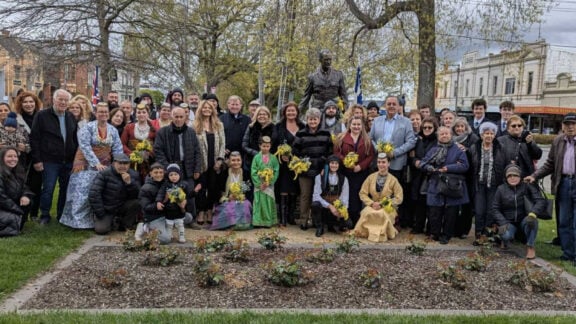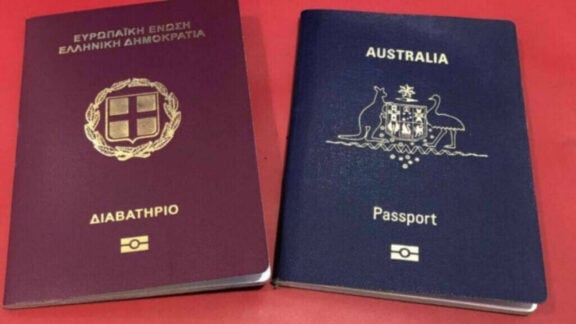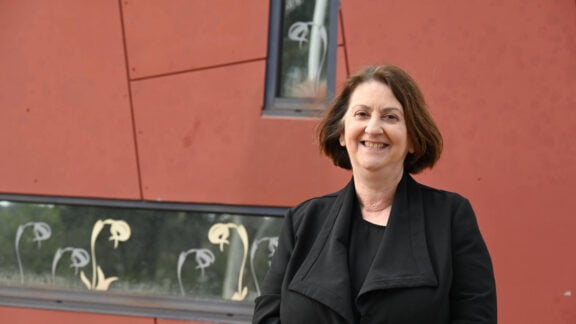The prevalence of disability within the Greek Australian community dramatically increased between 2003 and 2009, according to new figures released by the Australian Bureau of Statistics.
Just under one in five Australians born in Australia (18.5 per cent or four million people) reported having a disability in 2009. And while the scale of disability in that demographic fell 1.5 per cent between 2003 and 2009, the prevalence of disability in the Greek-born community jumped over 15 per cent, to nearly 50 per cent. The experience of disability in the Italian Australian community is similar, though the ABS data reflects that nearly 45 per cent of Australians born in Italy were reported as disabled in 2003. By 2009, the figure had risen only marginally.
With the close correlation between age and disability, sub-populations in Australia with older median ages can be expected to show higher rates of disability. The ABS report notes that disability varies by birthplace and migrant group. Its findings, which show a noticeable decline in the proportion of people with disabilities who were born in Australia and New Zealand, confirm that disability rates for those born in South Eastern Europe has increased, reflecting the ageing profile of European-born migrants.
Nina Xarhakos, Project Officer with Melbourne’s Australian Greek Welfare Society, told Neos Kosmos that in addition to the general problems faced by the ageing Greek community, “many of the migrants of the ’50s and ’60s worked in poor factory conditions, which often lacked proper health and safety standards”. “They frequently engaged in repetitive actions without breaks resulting in RSI (repetitive strain injury), back problems and many other health issues (physical and mental).”
According to the ABS, the population of Greek elders in Melbourne will continue to grow until at least 2016, when it is expected to peak at around 30,000.








